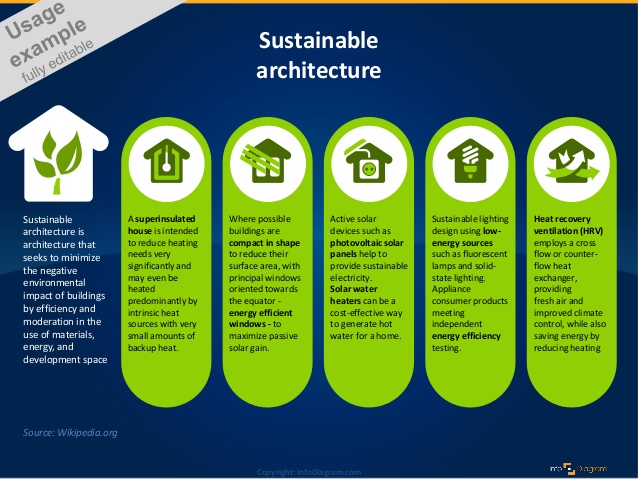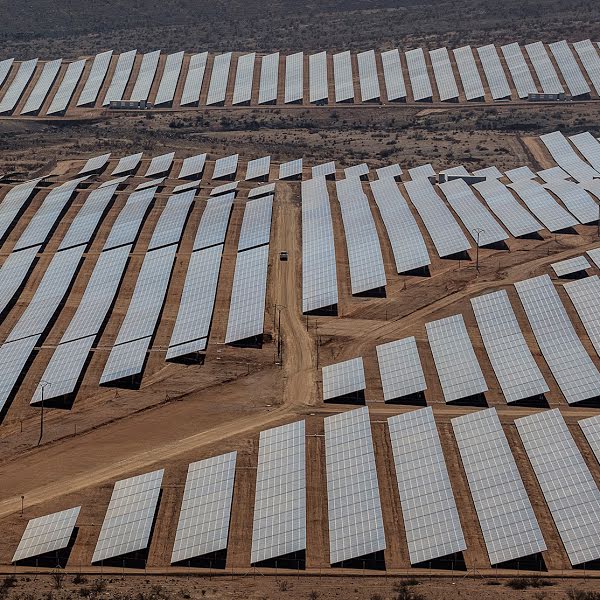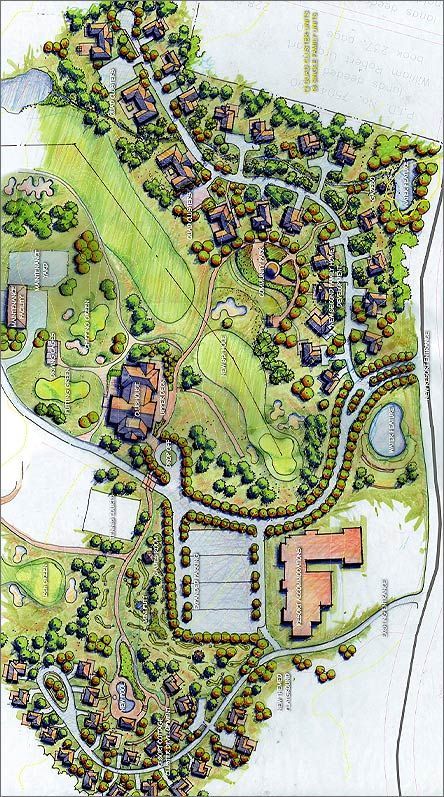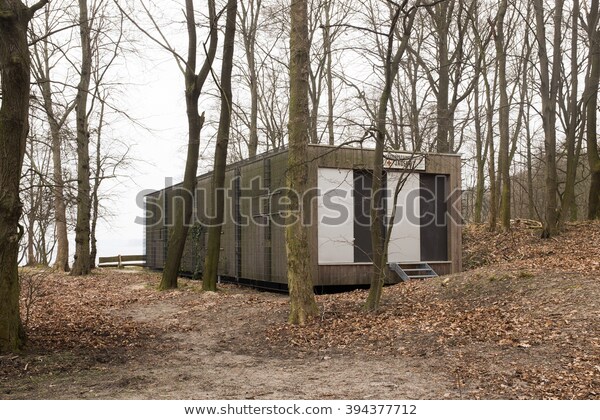The concept of green or sustainable architecture is not new, but it is a concept that has grown exponentially in the past three to four decades.
In essence, the concept of sustainable architecture means that buildings, including our homes, are designed and then built according to environmentally friendly principles. Positive efforts are being made to minimize any kind of carbon footprint and to ensure that the materials and waste products used do not have a negative impact on the environment due to pollution, emissions or waste.
Features of green architecture
There are countless ways to ensure that architectural design is sustainable or environmentally friendly, including including at least some of these features:
- Ventilation systems that ensure efficient cooling and heating.
- Designs that promote high indoor air quality to promote health and productivity in commercial buildings.
- Lighting and energy efficient devices.
- Sanitary fittings that are supposed to save water.
- Indoor and outdoor landscapes that maximize passive solar energy.
- Environmentally friendly, energy-efficient energy sources, especially wind or solar energy.
- Non-toxic materials that are not synthetic.
- Efficient use of space.
- Wood that has been harvested responsibly and / or extracted on site.
- Used from stone that was extracted locally (and legally).
- Use of architectural salvage materials and materials that contain recycled content.
In addition, buildings should be designed to cause minimal damage to natural habitats, and older buildings and construction sites should be adaptively reused to conserve resources, including energy, and conserve land. When positioning buildings anywhere, it is important to align them so that they use shade, sunlight, and wind to naturally reduce heating and cooling loads.
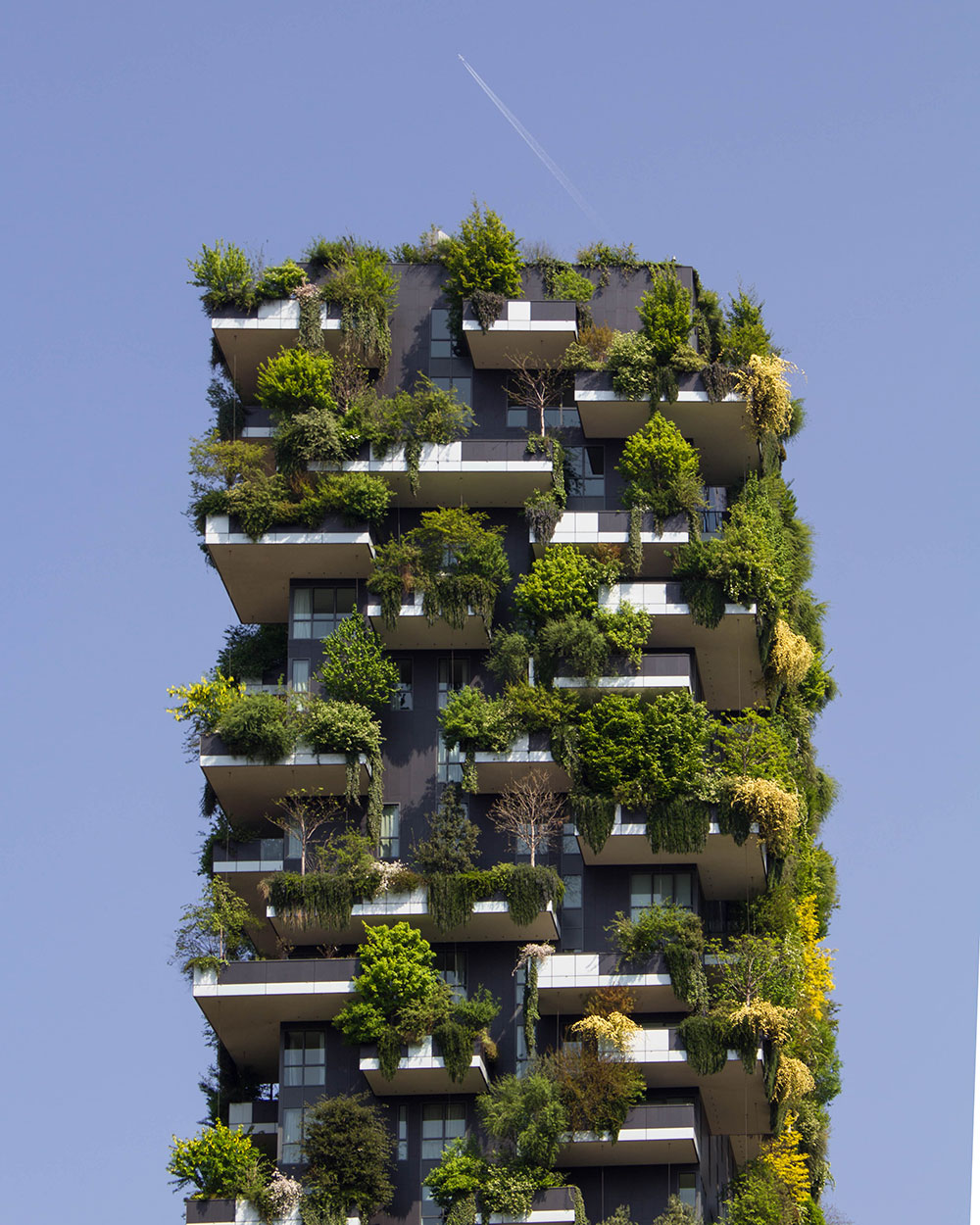
Waste should also be minimized and, when it is possible to recover materials, recycling and reuse should be encouraged.
The people trained to design sustainable buildings include architects, professional designers and engineers, for example those who offer HVAC or Sanitary engineering in Chicago or any other major city in the US
Principles for sustainable building planning
There are five main elements to designing environmentally friendly buildings. They include:
- A sustainable design of the site that reduces harmful, negative effects on the natural environment is likely.
- Water protection and water quality, which includes all types of water including rainwater and greywater.
- Energy in relation to the environment and the way it is used in buildings.
- Internal environmental quality including the comfort of the residents and the aesthetics.
- Conservation of resources and materials.
All of this is supported by the LEED rating system (Green Building Council) of the US Green Building Council for environmentally friendly construction.
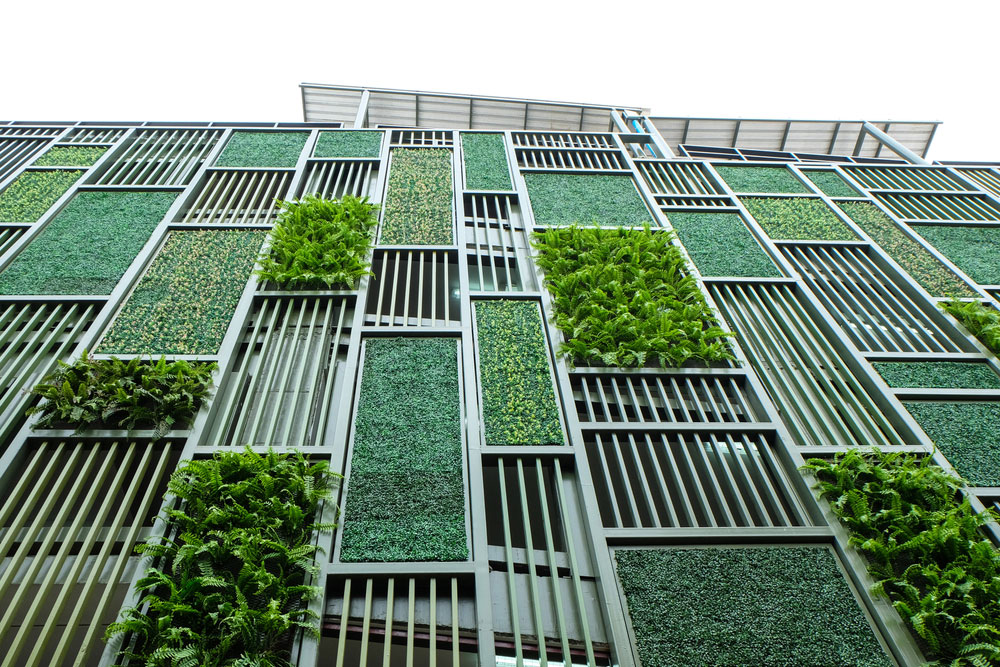
The principles and strategies for successfully designing environmentally friendly buildings include:
- Water systems designed for collecting, storing, filtering and reusing water. Since only about 6% of the water we use is for drinking, it makes no sense to use drinking water for wastewater or irrigation. Instead, it is important to collect rainwater and collect and use gray water from showers, washing machines, etc. Wastewater should be minimized through the use of faucets that save water and energy efficient heating devices should be used.
- Natural building that uses sustainable building materials and systems that are durable and use recycled, salvaged and / or renewable resources that are processed amply or minimally. However, it is important that health and comfort are not compromised. In addition, the architectural design must use the potential of the site conditions and the local climate and, if possible, use natural building materials. It is also important to minimize the ecological footprint and design and build it compact.
- Passive solar design that uses the natural energy of the sun for heating and cooling. This does not happen automatically, but requires engineers and architects to consciously ensure that buildings are designed to take advantage of the sun’s effects on the building for cooling and heating. This includes the use of solar energy as well as the use of heat storage and insulation. Electrical engineering in Chicago, New York or the city you are in can provide more detailed information.
- Green building materials These consist of renewable components and result in less maintenance, which saves energy and improves the health and productivity of the occupants. Materials to be avoided are products such as cement and paints that have a negative impact on the environment. Spinning and straw bale construction is ideal, and in some areas, including parts of California, there are even straw bale building codes. Increased energy efficiency is also important.
- Lively architecture that focuses on the integration of ecological functions in buildings and promotes the integration of living systems that have been shown to have health benefits. The greening of roofs and outer walls of buildings (see picture above) increases the insulation, the aesthetics and reduces greenhouse gases. They also introduce a natural habitat that attracts insects and birds.
- Green roofs included planted landscapes on buildings that contribute to energy efficiency, filter pollution and support the management of rainwater. Research has shown that a green roof can double the life of the average roof and regulate the building’s internal temperatures by slowing down both heat loss and heat gain.
- Green walls that ensure vertical green on the facade of buildings. They are particularly effective for skyscrapers in the built environment.
Sustainable architecture and environmentally friendly construction are much more than just a trend. They are funded by the Green Building Council and other responsible institutions and organizations that stand for environmental responsibility.
Economically viable, attractive, comfortable and energy-efficient buildings that meet the definition of sustainable architecture minimize negative environmental impacts and become the norm over time.
Written by:
Michael Tobias is the founder and director of New York engineers, an Inc 5000 fastest growing company in America. He leads a team of more than 30 mechanical, electrical, plumbing and fire protection engineers from the company’s headquarters in New York City and has more than 1,000 projects in New York, New Jersey, Chicago, Pennsylvania, Connecticut, Florida, Maryland, USA , headed. and California, and Singapore and Malaysia. He has a passion for sustainability and is a LEED AP.
 TopsDecor.com Home Decor Ideas
TopsDecor.com Home Decor Ideas
